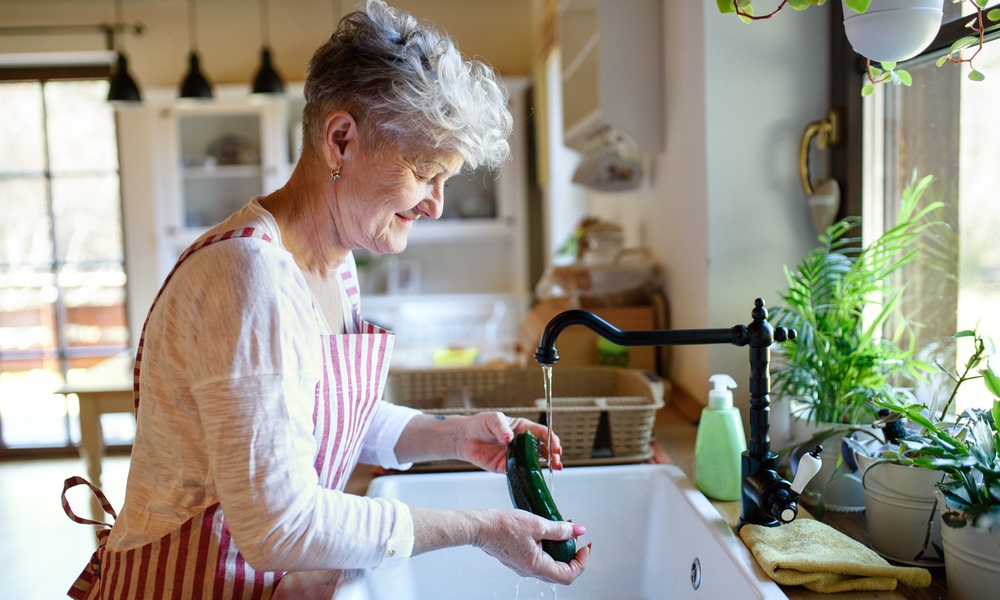Exercise doesn’t have to be fancy. You don’t need a Peloton or elliptical trainer to give your body some of the benefits activity brings. It’s all about moving. Routine activities like cooking, gardening, housework — even something like showering — require that older people move, but they tend to be overlooked by the most common measures of physical activity.
Making sure that movement fills a decent portion of your daily life can reduce your risk of cardiovascular disease, a study has found. What made the study, led by researchers at the University of California San Diego, unique was that instead of focusing on activities like running and brisk walking, the researchers measured smaller movements during activities like cooking and cleaning.
To do this, the team gave over 5,400 women research-grade accelerometers to wear for up to seven days so they could accurately measure how much time the women spent simply moving in the course of their daily lives.Daily life movement included activities occurring when standing and walking within a room or patio, such as when getting dressed, preparing meals or gardening.
Each minute the women were awake was classified as involving activity in one of five categories using a machine-learning algorithm: sitting, sitting in a vehicle, standing still, daily life movement, or walking or running. Daily life movement included activities occurring when standing and walking within a room or patio, such as when getting dressed, preparing meals or gardening.
“[A]ll movement counts towards disease prevention,” first author, Steve Nguyen, a postdoctoral scholar at the Herbert Wertheim School of Public Health, said in a statement. “Spending more time in daily life movement, which includes a wide range of activities we all do while on our feet and out of our chairs, resulted in a lower risk of cardiovascular disease.”
Cardiovascular disease is the leading cause of death among both women and men in the United States. Over 600 of the women in the study were diagnosed with cardiovascular disease over the course of the study, and 331 died of it. Another 268 were diagnosed with coronary heart disease and 253 had a stroke.
Much of the movement seniors do is associated with daily life tasks around their homes, but this tends not to be considered physical activity, Andrea LaCroix, the senior author of the study and chief of the Division of Epidemiology at the Herbert Wertheim School of Public Health, explained.
The study is published in the Journal of the American Heart Association.





